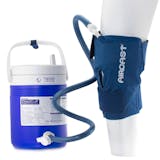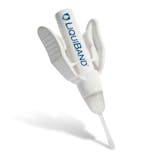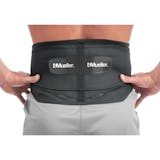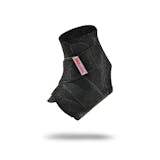Electrotherapy
 Electrotherapy is defined as - the use of electric currents passed through the body to stimulate nerves and muscles, chiefly in the treatment of various forms of paralysis.
Electric stimulation devices such as Compex have been shown to speed u recovery time in athletes and are medical-grade devices designed to contract the muscles in different ways that may promote blood flow, increase muscle tone, and flush out lactic build-up. In more extreme cases even, an electro-therapy device can be used to alleviate muscular spasms and cramps.
Whether your goals are to be an elite athlete or just beat your own markers of fitness to get back in shape, recovery methods are vital to optimising your human performance and potential. Although these techniques have been suggested as recovery methods from athletic practices, recovery is important for any person that encounters physical, emotional, or mental stresses in everyday life. In order to put your best self forward, you have to take care of yourself in mind and body.
There are many myths, misconceptions and concerns around electric muscle simulators and rightly so. Using a device that sends an electric current through your body sounds dangerous and painful.
Electrotherapy is defined as - the use of electric currents passed through the body to stimulate nerves and muscles, chiefly in the treatment of various forms of paralysis.
Electric stimulation devices such as Compex have been shown to speed u recovery time in athletes and are medical-grade devices designed to contract the muscles in different ways that may promote blood flow, increase muscle tone, and flush out lactic build-up. In more extreme cases even, an electro-therapy device can be used to alleviate muscular spasms and cramps.
Whether your goals are to be an elite athlete or just beat your own markers of fitness to get back in shape, recovery methods are vital to optimising your human performance and potential. Although these techniques have been suggested as recovery methods from athletic practices, recovery is important for any person that encounters physical, emotional, or mental stresses in everyday life. In order to put your best self forward, you have to take care of yourself in mind and body.
There are many myths, misconceptions and concerns around electric muscle simulators and rightly so. Using a device that sends an electric current through your body sounds dangerous and painful.






















